Axial Fan With Perforated Blade CFD Simulation, ANSYS Fluent Training
Axial Fan With Perforated Blade CFD Simulation, ANSYS Fluent Training
- Upon ordering this product, you will be provided with a geometry file, a mesh file, and an in-depth Training Video that offers a step-by-step training on the simulation process.
- For any more inquiries regarding the product, please do not hesitate to reach out to us at info@CFDLAND.com or through our online support assistant.
€195.00 Original price was: €195.00.€135.00Current price is: €135.00.
Axial fans with perforated blades are a new and exciting development in fan technology. They combine proper airflow with noise reduction features. Like traditional axial fans, these fans have a center hub from which blades radiate outward. However, the blades have small holes or perforations spread out across their surfaces, which makes them stand out. The perforated design does more than one thing. First, it lowers noise by breaking up air swirls and turbulence. Second, it improves aerodynamic performance by balancing out pressure differences between the blades. This makes the airflow easier and increases efficiency, which could lead to lower energy use. In the present study, a 3D axial fan with perforated blade is investigated based on reference paper entitled “ Reducing the aerodynamic noise of the axial flow fan with perforated surface “.
- Reference [1]: Yadegari, Mehdi, et al. “Reducing the aerodynamic noise of the axial flow fan with perforated surface.” Applied Acoustics215 (2023): 109720.
Figure 1: Schematic of 3D axial fan with perforated blades CFD Simulation
Simulation Process
The simulation has two separate domains: a smaller circular region containing a fan rotor and a bigger domain representing the surroundings and the shroud. Next, the model is discretized into 10132179 polyhedral + Hexahedra cells, as shown in Fig. 2. The multiple reference frames (MRF) method is used to model rotating machines like turbines and pumps in steady aerodynamic simulations. The fan is rotating with 2818rpm angular velocity. According to the reference paper, the SST k-ω model is utilized to account for the turbulent nature of the flow.
Figure 2: Polyhedra grid over 3D Axial Fan with perforated blade CFD Simulation
Post-processing
The pressure contour of the axial fan with perforated blades tells us a lot about how well it moves fluids. The outline shows a transparent pressure gradient, with areas of higher pressure close to the fan’s blade and regions of lower pressure in the middle and behind the fan. The way fans operate is similar to this distribution: the spinning blades make a difference in pressure that moves the air. The perforated blade design seems to help make the change in pressure across the fan surface more gradual. This is shown by the smooth color gradient from the sides inward. This slow change suggests that the perforates are successfully lowering the big pressure gradient. A pressure profile like this is helpful because it can lead to less noise and instability, which are two main goals in advanced fan design. There is a concentrated low-pressure zone in the wake area downstream of the fan. This means that momentum is transferred to the air effectively, and thrust is generated effectively.
A dense low-pressure zone is in the wake region downstream of the fan. This means that momentum is being transferred to the air effectively and thrust is being generated effectively. This low-pressure area’s long shape suggests a well-developed and stable wake structure, which is suitable for the general performance of the fan. Along the fan’s plane, the pressure distribution is also symmetrical, meaning the blades are evenly loaded. This balance is very important for keeping the vibrations low and making sure that all the fan parts wear out evenly.
Figure 3: Turbulent intensity of axial fan with perforated blade CFD Simulation
We pride ourselves on presenting unique products at CFDLAND. We stand out for our scientific rigor and validity. Our products are not based on guesswork or theoretical assumptions like many others. Instead, most of our products are validated using experimental or numerical data from valued scientific journals. Even if direct validation isn’t possible, we build our models and assumptions on the latest research, typically using reference articles to approximate reality.
Yes, we’ll be here . If you have trouble loading files, having technical problems, or have any questions about how to use our products, our technical support team is here to help.
You can load geometry and mesh files, as well as case and data files, using any version of ANSYS Fluent.
€175.00 Original price was: €175.00.€145.00Current price is: €145.00.

€175.00 Original price was: €175.00.€115.00Current price is: €115.00.

€185.00 Original price was: €185.00.€125.00Current price is: €125.00.

€120.00 Original price was: €120.00.€65.00Current price is: €65.00.

€320.00 Original price was: €320.00.€175.00Current price is: €175.00.

€240.00 Original price was: €240.00.€115.00Current price is: €115.00.







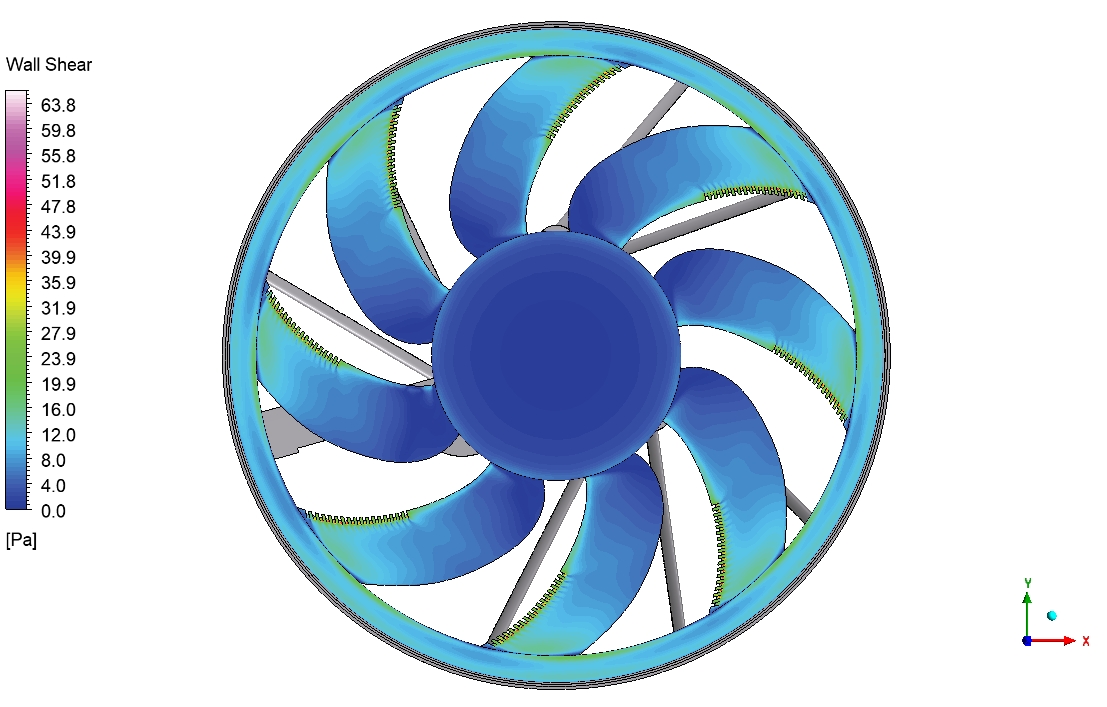
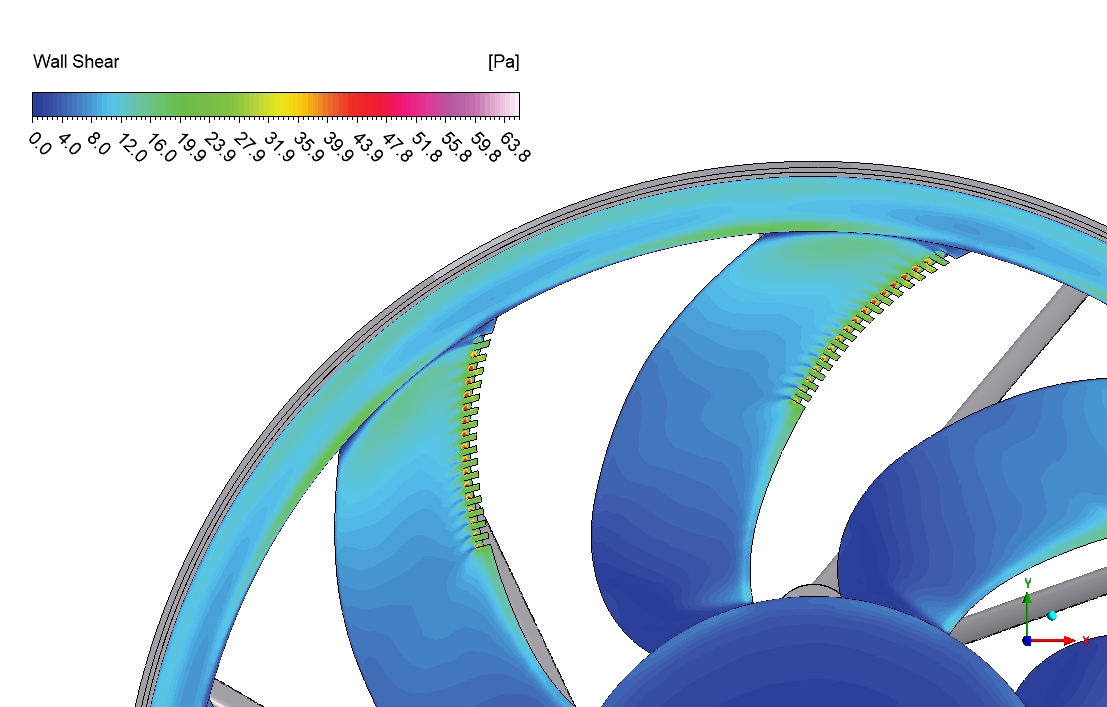





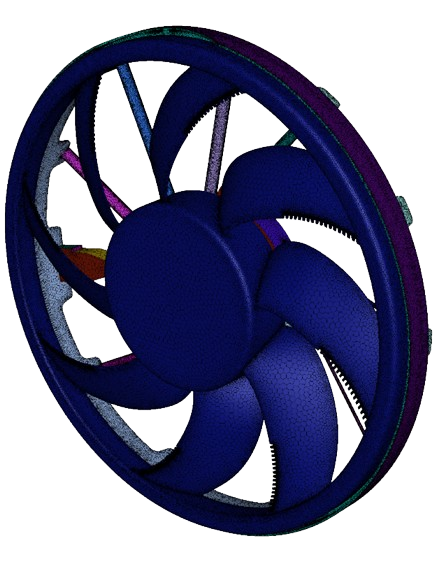
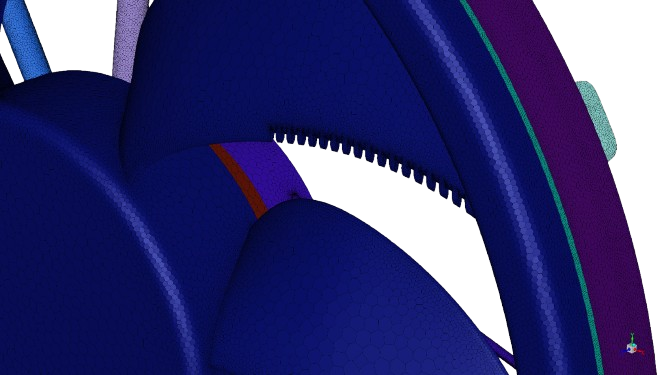

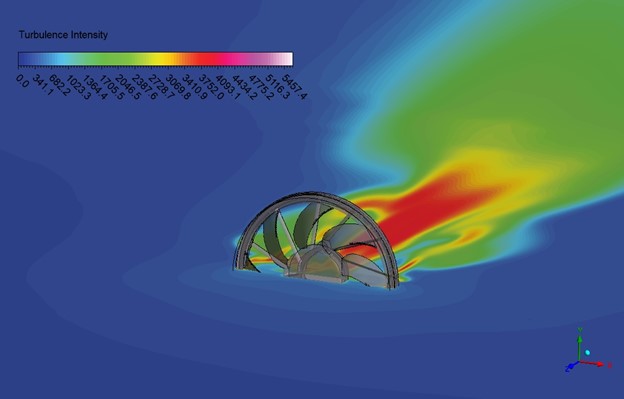











Reviews
There are no reviews yet.